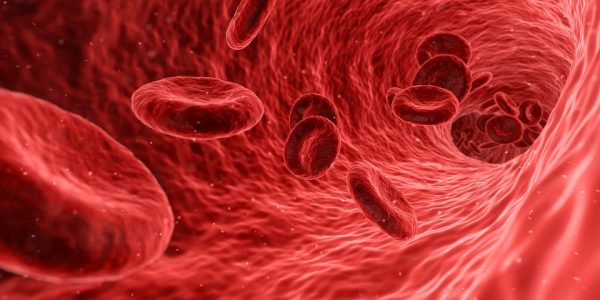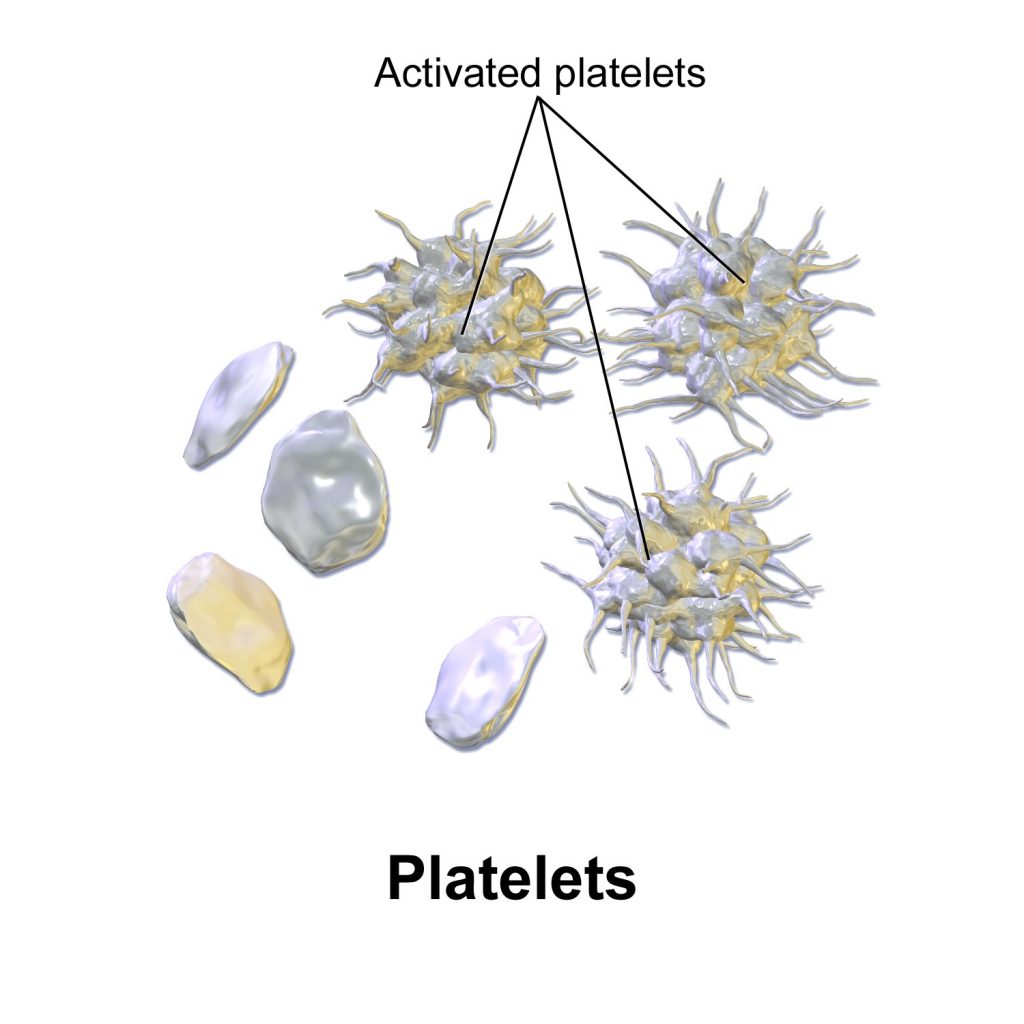By Eva Vitucci
Blood. It makes some people squeamish, some people faint, but it makes all of us alive. Blood is the fluid inside our blood vessels that circulates through our body and connects each organ system together, as though it were the body’s highway system. This liquid highway system is how the cells of our immune system travel from one area in the body to another. In addition, it’s how oxygen, carried by our red blood cells, travels to every organ in our body. 
Another type of cell that travels in our blood is a tiny cell known as a platelet. Platelets are made inside our bones in the same location as our immune cells. These tiny platelets play a big role in forming blood clots and in repairing damaged tissues. For example, after a cut, our skin is pierced and our blood vessels can become damaged. As a result, bleeding may begin to happen. In an effort to stop the bleeding, the cells of our blood vessels send out signals into the bloodstream. These signals then interact with the tiny platelets traveling in our blood and “activate” them. This activation step causes the platelets to become sticky and change their shape from an oval, disk shape to a star-like shape with many arms. These big, sticky platelets then find the damaged vessel where the bleeding is occurring, stick to the sides of the vessel, and begin acting as a plug to stop the blood flow and bleeding until the cut can be healed.
As platelets help stop excess bleeding, having enough platelets in our bodies is really important. Unfortunately, some health conditions result in a decrease in production and circulation of the platelets inside our bloodstream. Diseases such as cancer and thrombocytopenia can result in low platelet counts in individuals, making them more susceptible to lose too much blood when their blood vessels are damaged. Luckily, these patients may be able to receive platelets from a method known as platelet transfusion. In a platelet transfusion, blood is drawn from healthy individuals and the platelets are isolated from the blood. At the same time, the blood is returned to the healthy individual. This innovative technique allows the platelet donor to donate their platelets while not losing any blood, resulting in very minimal side effects for the donor. The platelets are then administered to the needing individual and the platelet counts can be restored to normal healthy levels!
Overall, while it may be a little unappealing to look at, our blood and all the cells inside it are extremely important! They helps us stay healthy, fight infection, and even repair our scrapes and cuts. So, the next time you may have a cut be sure to give a nod of approval to those tiny platelets helping you out in a big way.
Edited by Mike Pablo

